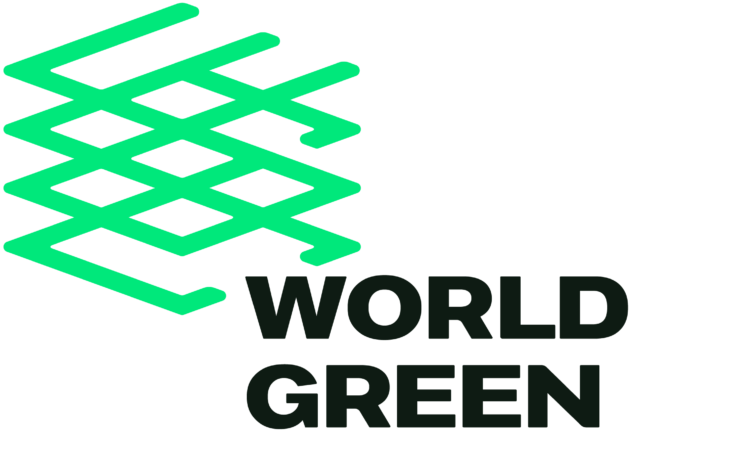
By Ron Chen, Bureau Chief, Asia and Julius Ewudo, ASEAN Region Representative
As this year’s United Nations COP29 Summit begins, the World Green Building Council (WorldGBC) and over 75 national Green Building Councils (GBCs) are calling for the governments around the globe to be bold on buildings. This call is born out of the evidence that limiting warming to 1.5°C cannot be achieved unless nations put sector-specific and tangible action on the built environment at the centre of their climate plans.
As world leaders, industry leaders and thought leaders gather for the 29th session of the Conference of the Parties to the United Nations Framework Convention on Climate Change – COP29 – in Baku, the GBC network has a message for attendees and everyone involved in setting climate targets and formulating policy: that although the built environment is not on track to reduce its emissions in line with a 1.5°C pathway, if governments and industry are bold on buildings then we can deliver a decarbonised and resilient world.
Thousands of voices as one
The GBC network represents countries covering over 62 per cent of global GDP and 60 per cent of the world’s building stock, and includes more than 48,000 private sector members, meaning its united call for action marks a significant intervention. Organisations from across the building value chain at global, regional and local levels are urging immediate action on buildings.
Currently, the building and construction sector is not on track to halve emissions by 2030 or reach net zero by 2050 (GlobalABC, 2024). Despite this, the sector holds immense potential for climate action, offering over 40 per cent of the solutions needed to double energy intensity improvements by 2030 (IEA, 2023).
WorldGBC CEO, Cristina Gamboasays: “With the built environment responsible for nearly 40 per cent of emissions it’s crystal clear that strong sector-specific action is required. Our network is confident that if 196 Parties to the Paris Agreement are ambitious on buildings in their climate plans, the industry can deliver on this to put the world on a path to limiting global warming to 1.5°C. To finance that transition, it is crucial that the upcoming new climate finance goal (NCQG) properly addresses the mitigation and adaptation potential of our built environments. With global insurance losses from natural catastrophes already exceeding US$100 billion annually in the past years, reforming the current finance architecture is of utmost importance to ensure sufficient and impactful climate finance is distributed where it is most needed, based on collaboration between governments, and by leveraging private sector investments. We have an opportunity right now to advance market-ready, viable solutions, and use buildings to make a major impact on the world’s climate trajectory.”
A pivotal moment
COP29 is taking place in the run-up to the crucial February 2025 deadline for revised Nationally Determined Contributions (NDCs) – the national emissions pledges updated every five years.
Senior Impact Director at WorldGBC Stephen Richardson, says: “Both government and industry must use COP29 as an opportunity where bold government policies and private sector leadership reinforce each other to strengthen action and demonstrate the opportunity inherent in the built environment. After everyone goes back to their home countries, the work must continue so that commitments are matched with implementation and real economy change.”
To support this call to action, WorldGBC has become the latest organisation to join Mission2025 – a coalition of businesses, mayors, investors, leaders, scientists and youth activists inviting governments to ratchet upcoming national climate plans in line with the Paris Agreement target.
Four ways to be bold on buildings
WorldGBC and the GBC network are urging all governments to take action in four key areas:
1 Enhance ambition with NDCs
Current NDCs fall far short of what is needed to limit global temperature rise to 1.5°C. Without increasing their ambition, we are heading for 2.6°-3.1°C of warming (UNEP, 2024). The GBC network encourages all countries to come forward with 1.5°C-aligned NDCs, including developing building codes, sub-national policies and national decarbonisation roadmaps for the built environment.
WorldGBC is also supporting the development of stronger NDCs with its NDC scorecard tool, which will allow policymakers and others to assess and compare their countries’ NDCs, and discover steps to increase the ambition and effectiveness of their plans.
2 Enable action through climate finance
The new climate finance goal, known as the New Collective Quantified Goal (NCQG), expected to be adopted at COP29, is largely informed by NDCs, in which buildings are often overlooked.
The GBC network is calling for the NCQG to take into account the mitigation and adaptation potential of our built environments and reform the financial infrastructure to disburse climate finance into the building and construction sector. This includes having adequate finance mechanisms to leverage private sector investments in buildings and vulnerable communities.
The Loss and Damage Fund, established at COP28, also requires appropriate financial means to become fully operational and effectively support those communities.
3 Strengthen resilience with adaptation planning
The GBC network calls for commitment to greater efforts to integrate resilience and adaptation measures into existing building sector policies and programmes.
4 Increase commitment to the Buildings Breakthrough
More countries are urged to commit to the Buildings Breakthrough, a multinational initiative signed at last year’s COP, which aims to strengthen international collaboration and make near-zero emission and resilient buildings the new normal by 2030. So far 29 countries have joined this important platform (GlobalABC).



